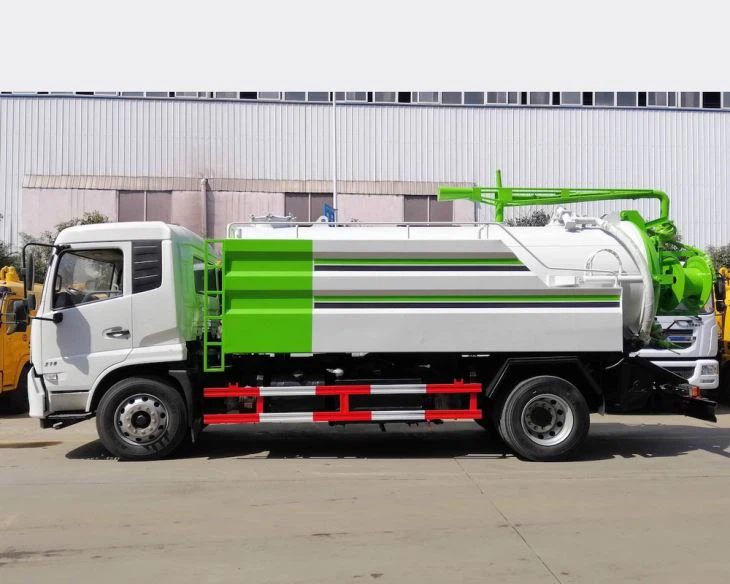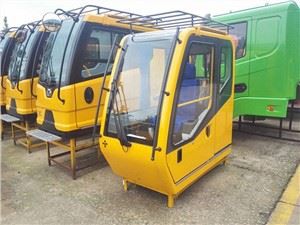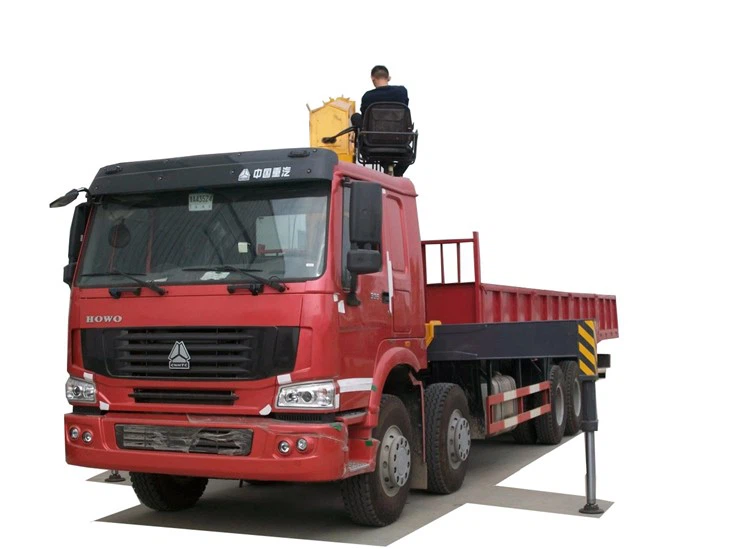All You Need to Know About Mini Fire Trucks

Mini fire trucks are compact, versatile, and serve crucial functions in firefighting and emergency response. As urban landscapes become more populated and traffic congestion increases, these vehicles are becoming essential for effective fire and emergency services. In this article, we will explore the various aspects of mini fire trucks, their applications, benefits, and everything you need to know to choose the right one.
Table of Contents
- What is a Mini Fire Truck?
- Benefits of Mini Fire Trucks
- Types of Mini Fire Trucks
- Essential Components of Mini Fire Trucks
- Applications of Mini Fire Trucks
- Choosing the Right Mini Fire Truck
- Maintenance Tips for Mini Fire Trucks
- Cost Considerations
- FAQs
What is a Mini Fire Truck?
A mini fire truck is a smaller, often more maneuverable version of a traditional fire truck. Typically designed for urban and rural environments where space and access may be restricted, mini fire trucks are equipped with firefighting equipment, water tanks, and sometimes additional features like rescue tools. Their compact design allows them to navigate narrow roads, parking lots, and crowded areas more easily than full-sized fire trucks.
Specifications of Mini Fire Trucks
| Feature | Standard Size | Mini Size |
|---|---|---|
| Length | 25-40 feet | 10-20 feet |
| Weight | 10,000-30,000 lbs | 3,000-8,000 lbs |
| Water Tank Capacity | 500-3,000 gallons | 100-500 gallons |
| Seating Capacity | 2-6 firefighters | 1-4 firefighters |
Benefits of Mini Fire Trucks
Mini fire trucks offer numerous benefits that contribute to their growing popularity within fire departments and private organizations. Here are some key advantages:
1. Enhanced Maneuverability
Due to their smaller size, mini fire trucks can navigate tight spaces and narrow streets more effectively than larger models. This is particularly useful in densely populated urban areas and places with limited access.
2. Cost-Effective
The purchase and maintenance costs of mini fire trucks are generally lower than those of conventional fire trucks. They consume less fuel and often require fewer resources for upkeep.
3. Versatile Use
Mini fire trucks can be adapted for multiple roles beyond firefighting, such as emergency medical services, rescue operations, and even landscaping or spraying for insect control.
4. Quick Response Time
With a mini fire truck, first responders can reach the scene of an emergency faster, which can be critical in saving lives and minimizing damage.

Types of Mini Fire Trucks
Understanding the different types of mini fire trucks can help you select the right one for your needs. Below are some common categories:
1. Mini Pumpers
These vehicles are equipped with pumps and water tanks, making them suitable for small to medium fires. They often come with additional storage for tools and firefighting gear.
2. ATV Fire Trucks
All-Terrain Vehicle (ATV) fire trucks are compact and designed for rugged terrain. Ideal for rural firefighting, they can access hard-to-reach areas.
3. Electric Mini Fire Trucks
These are environmentally friendly options that utilize electric power. They are becoming increasingly popular for urban settings due to their low emissions and silent operation.
Essential Components of Mini Fire Trucks
Mini fire trucks come equipped with a variety of essential components to enhance their firefighting capabilities. Here are some of the key features:
1. Water Tanks
Most mini fire trucks have water tanks ranging from 100 to 500 gallons, depending on the vehicle’s size and purpose.
2. Pumps
Mini fire trucks typically feature powerful pumps that allow firefighters to spray water at high pressure. The pumps can be either portable or built-in, depending on the model.
3. Hose Reels
These vehicles are equipped with hose reels that allow firefighters to quickly and easily deploy hoses during an emergency.
4. Firefighting Equipment Storage
Mini fire trucks usually have compartments for storing firefighting gear, tools, and equipment such as axes, shovels, and first aid kits.
Applications of Mini Fire Trucks
Mini fire trucks serve various functions in different settings. Here are some applications where they are particularly useful:
1. Urban Firefighting
In densely populated cities, mini fire trucks can navigate narrow streets and alleys to reach the fire site quickly, preventing fires from escalating.

2. Rural Emergency Response
The compact size of mini fire trucks makes them ideal for rural areas where larger fire trucks may struggle to reach remote locations.
3. Industrial Use
In factories and warehouses, mini fire trucks can provide immediate response capabilities to small fires, reducing the risk of large-scale disasters.
4. Community Services
Many communities use mini fire trucks for local events, public education on fire safety, and demos to engage the public in fire prevention awareness.
Choosing the Right Mini Fire Truck
Selecting the appropriate mini fire truck depends on several factors, including budget, application, and available features. Here are some tips for making the right decision:
1. Assess Your Needs
Evaluate what the primary functions of the truck will be – whether for firefighting, rescue, or medical emergencies – to find a suitable model.
2. Consider Size and Maneuverability
Consider the areas you will be operating in; choosing a mini fire truck that can easily navigate your environment is crucial.
3. Analyze Budget
Establish a budget and research options within your price range. Remember to factor in maintenance and operational costs.
4. Look for Customization Options
Some manufacturers offer customization options, allowing you to tailor the fire truck to meet specific requirements and preferences.
Maintenance Tips for Mini Fire Trucks
Proper maintenance is essential for ensuring that mini fire trucks remain functional and ready for emergencies. Here are practical maintenance tips:
1. Regular Inspection
Conduct monthly inspections to check for any signs of wear, leaks, or mechanical issues. This can prevent breakdowns during emergencies.

2. Clean the Vehicle
Regularly wash the mini fire truck to remove dirt and debris that can cause damage over time. Pay special attention to the undercarriage and wheel wells.
3. Check Fluid Levels
Ensure that fluid levels, including water, oil, and antifreeze, are maintained to keep the vehicle running smoothly.
4. Service the Equipment
Inspect and service firefighting equipment, such as hoses and pumps, annually to ensure they are in proper working condition.
Cost Considerations
The cost of mini fire trucks can vary significantly based on their size, features, and brand. Here are some factors to keep in mind:
1. Purchase Price
The upfront cost of a mini fire truck can range from $20,000 to over $100,000 and depends heavily on the specifications and capabilities.
2. Operating Costs
Consider fuel, insurance, and maintenance costs, which can add up over time. An electric mini fire truck may offer lower fueling costs but potentially higher initial spending.
3. Financing Options
Many manufacturers and dealerships offer financing options. Explore potential loans or leasing options to manage financial strain effectively.
FAQs
1. What are the standard sizes of mini fire trucks?
Mini fire trucks typically range from 10 to 20 feet in length, compared to standard fire trucks which can be 25 to 40 feet long.
2. Can mini fire trucks be used for emergencies other than firefighting?
Yes, mini fire trucks can serve various roles, including emergency medical services and rescue operations.
3. How much water can mini fire trucks carry?
Mini fire trucks generally have water tank capacities ranging from 100 to 500 gallons.
4. Are mini fire trucks environmentally friendly?
Many modern mini fire trucks are equipped with electric engines, making them an eco-friendly alternative to traditional gas-powered models.
5. How often should mini fire trucks undergo maintenance?
It’s recommended to conduct maintenance checks monthly and carry out a thorough inspection annually to ensure everything is in proper working order.
6. What features should I look for in a mini fire truck?
Look for water tank capacity, pump power, storage space for equipment, ease of maneuverability, and any additional capabilities needed for your specific application.
